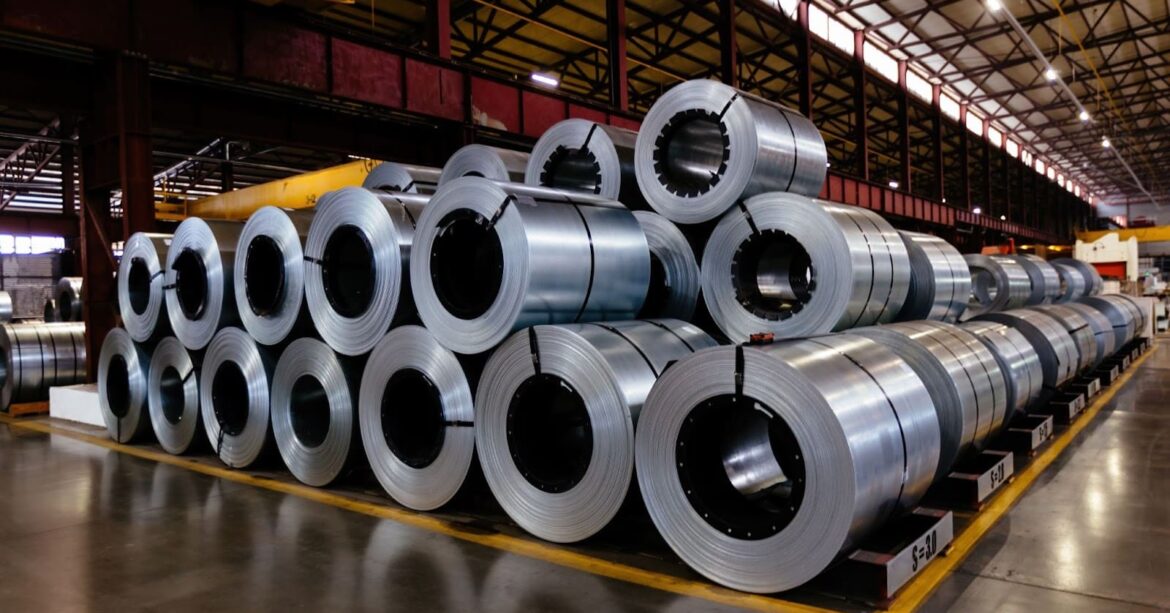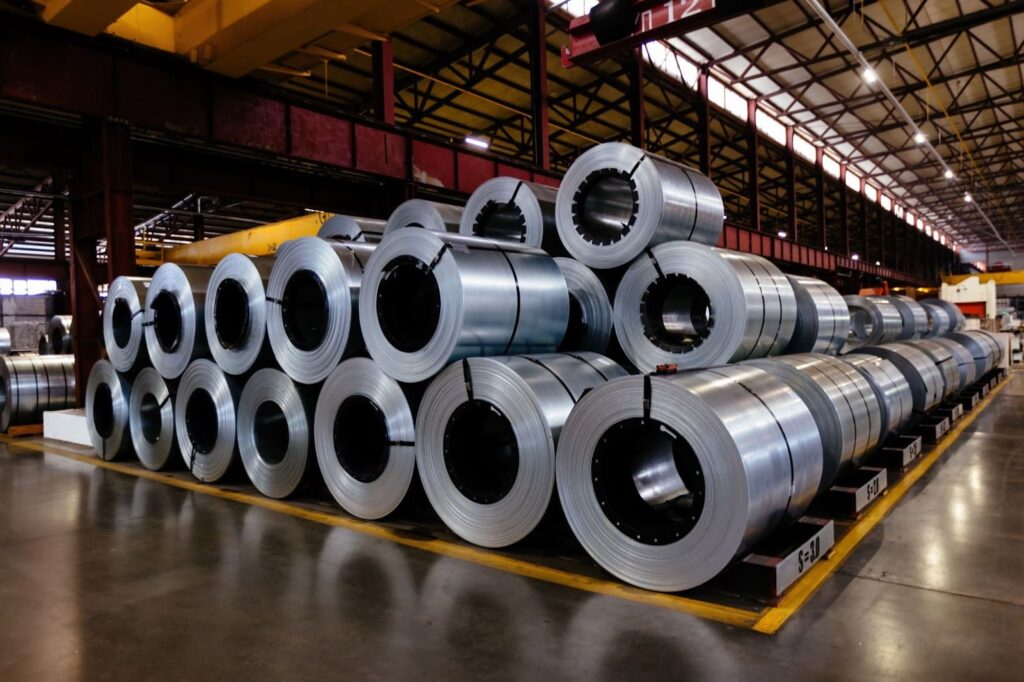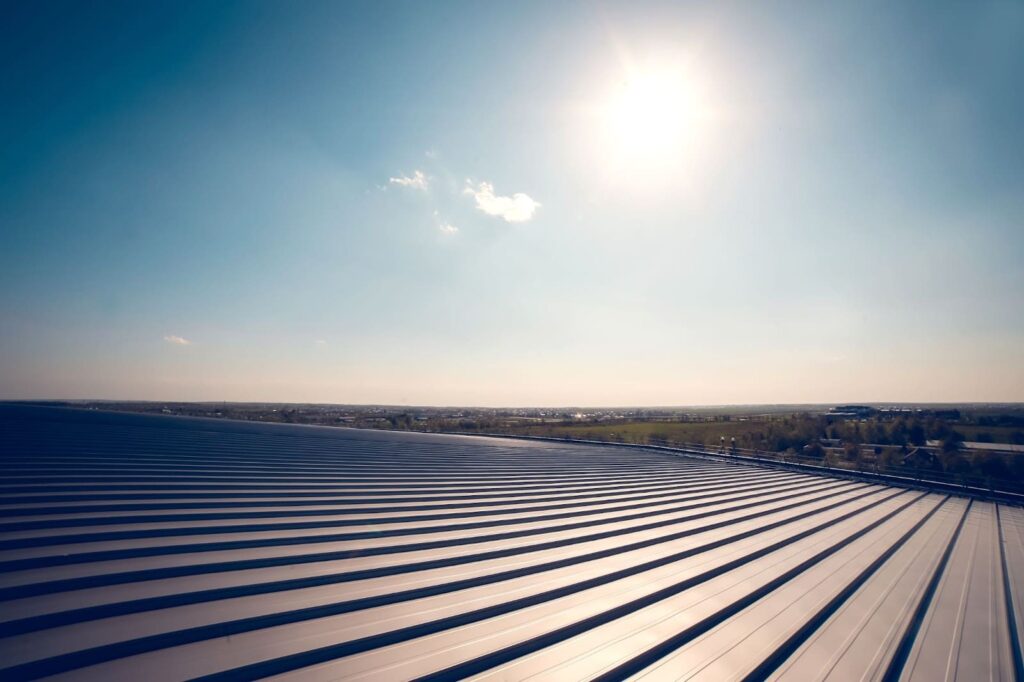Is COLORBOND® steel or aluminium?
COLORBOND® is steel, not an aluminium product. It’s lightweight and sturdy and benefits from a topcoat of high-quality lead-free paint. That is only part of the story when it comes to looking at what the material is made of.
Key points
- COLORBOND® is steel, not an aluminium product. It’s lightweight and sturdy and benefits from a topcoat of high-quality lead-free paint.
- The base steel that is used to make COLORBOND® is thinner and stronger than normal because it’s created using the cold reduction process.
- COLORBOND® is a sturdy and durable material that requires limited maintenance.
- The material COLORBOND® is available in different colours making it a popular choice for domestic and commercial premises.
What is COLORBOND® made of?
The base of COLORBOND® material is made from galvanised steel. The steel is galvanised in the recognised way. Zinc substrate is used to treat it. This is done by using electrodes and current to attach the zinc. Once this part of the process is complete, the steel base is treated using paint that is anti-corrosion and weather resistant.
In the early days of COLORBOND®, the material consisted of three layers, which were made from polyester, galvanised steel, and a polyethylene coating, respectively. Today, the material is made in a slightly different way. There are now two sheets of galvanised steel with polyethylene placed between them. The two layers have different colours of varnish.
The two sheets and the polyethylene are heated. This process produces colour and adds strength, water resistance, and anti-corrosive properties to the material. Once it’s finished, COLORBOND® is not affected by rust and only needs to be painted about once every 10 years.
There is more to the process of making COLORBOND® than just the basics. There are some patented steps that come together to make the final product.
How is COLORBOND® made?
The base steel that is used to make COLORBOND® is thinner and stronger than normal. This is because it’s created by using acid to clean hot rolled coil steel which is then pressed using rolls. This process is called cold reduction.
Following the addition of zinc to the steel, pre-treatment is used to enable the steal to be susceptible to other coatings that are yet to be added. Primer is then added followed by the paint topcoat which is baked into the steel.
What are the advantages and disadvantages of COLORBOND®?
COLORBOND® roofing comes with several advantages and a couple of disadvantages. The positives of this type of roofing include:
- Only a limited amount of maintenance is required when compared with other roofing materials.
- COLORBOND® can be used for roofs that have no pitch, limited pitch, or extreme pitch, so it’s ideal for any type of building.
- Water runs easily and quickly off the material which prevents roofs from becoming waterlogged.
- COLORBOND® is available in a variety of different colours.
This last advantage of COLORBOND® makes it a popular choice across an array of structures. There are 22 COLORBOND® steel colours. There are also six colours available in a premium matt finish. They can be used to give a neat and fresh appearance to residential and commercial premises. It’s also possible to have fence panels with a different colour on each side.
The main disadvantages are that there are counterfeit products on the market that can fool people and a metal roof can sometimes be noisy if it rains heavily.
Even given these disadvantages, the combination of COLORBOND® properties makes it a durable, easy to maintain, and attractive material to use. This means it’s one of the most popular building materials for property owners who are looking for roof replacement options.
2 - 2Shares



